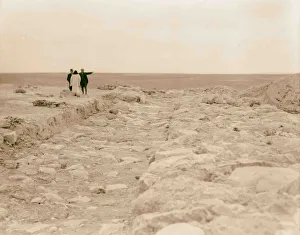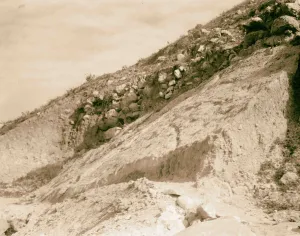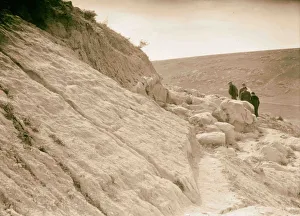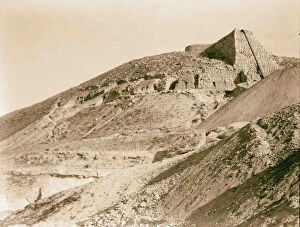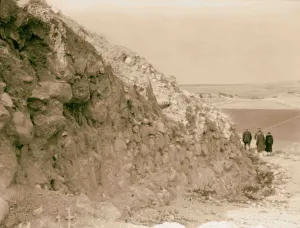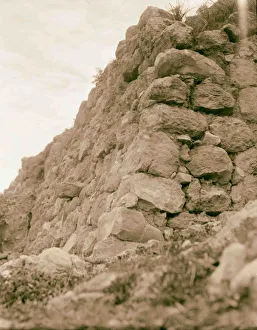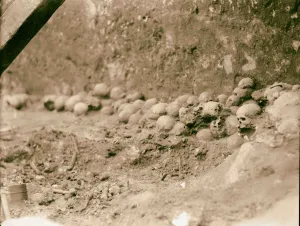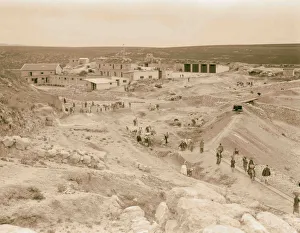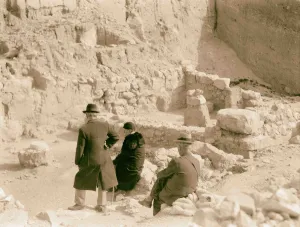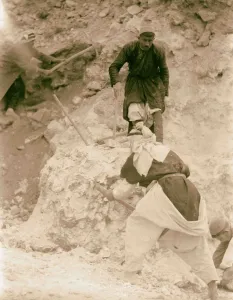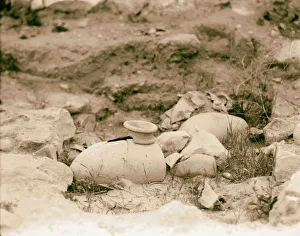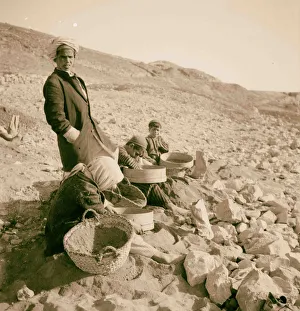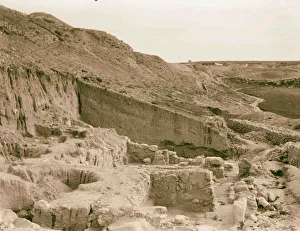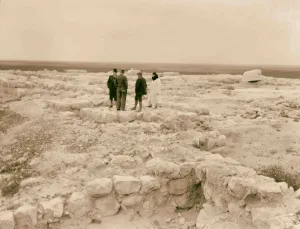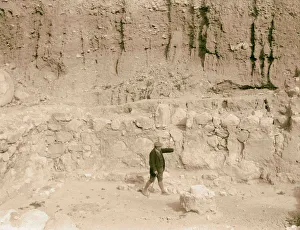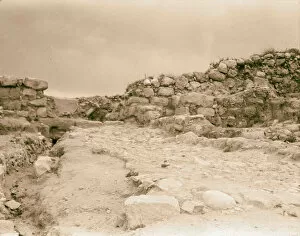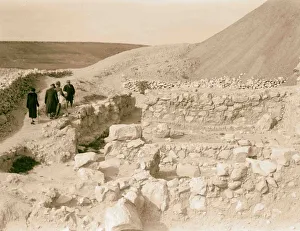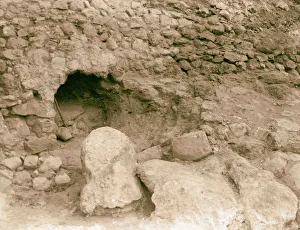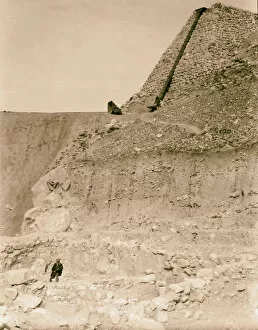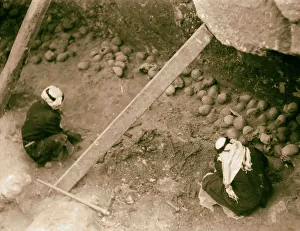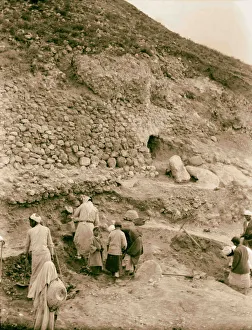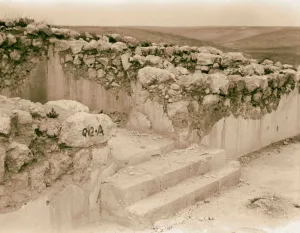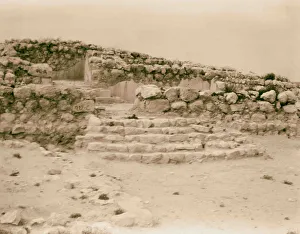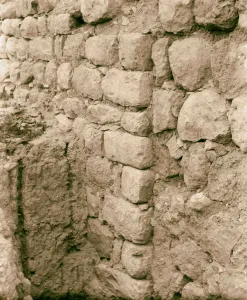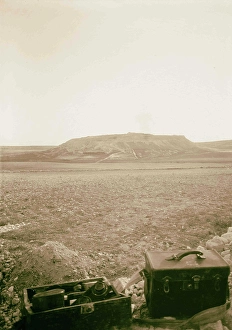Tel Deweir Collection
Tel Deweir, also known as Lachish, is a fascinating archaeological site that offers a glimpse into the rich history of ancient Jewish civilization
All Professionally Made to Order for Quick Shipping
Tel Deweir, also known as Lachish, is a fascinating archaeological site that offers a glimpse into the rich history of ancient Jewish civilization. Located in the northeastern wall of the Jewish palace-fort, Tel Deweir Lachish showcases remnants of various periods. One notable feature is the exposed portion of the Hyksos glacis. This close view allows visitors to appreciate its original structure and understand its significance in fortification. Moving along, we come across a general view from the northwest corner of Tell Deweir Lachish, offering panoramic vistas that transport us back in time. As we explore further, our attention is drawn to the eastern side's Iron Age revetment. The craftsmanship and engineering skills employed here are truly remarkable. Nearby stands an inner gateway with a southwest bastion – evidence of strategic defense mechanisms implemented during ancient times. Lower courses stone revetment can be observed closely at Tel Deweir Lachish, showcasing meticulous construction techniques employed by our ancestors. A closer look reveals skulls within tomb 120 – a haunting reminder of lives lived centuries ago. The site buzzes with activity as workers tirelessly clear camp buildings on Tell Deweir Lachish grounds. Their dedication ensures that this historical treasure remains accessible for generations to come. Amongst these structures lies Sanctuary XVIII-XIX dynasty - an awe-inspiring testament to religious practices during those times. A poignant sight unfolds as men diligently clear burnt line debris left behind by past events at Tel Deweir Lachish - their efforts preserving fragments from significant moments etched in history forevermore. Finally, we reach a courtyard housing a solar shrine dating back to Persian period rule. Its architectural beauty captivates visitors and serves as another reminder of how religion played an integral role in shaping society throughout different eras. Tel Deweir or Lachish provides us with invaluable insights into our cultural heritage and reminds us how far we have come.

